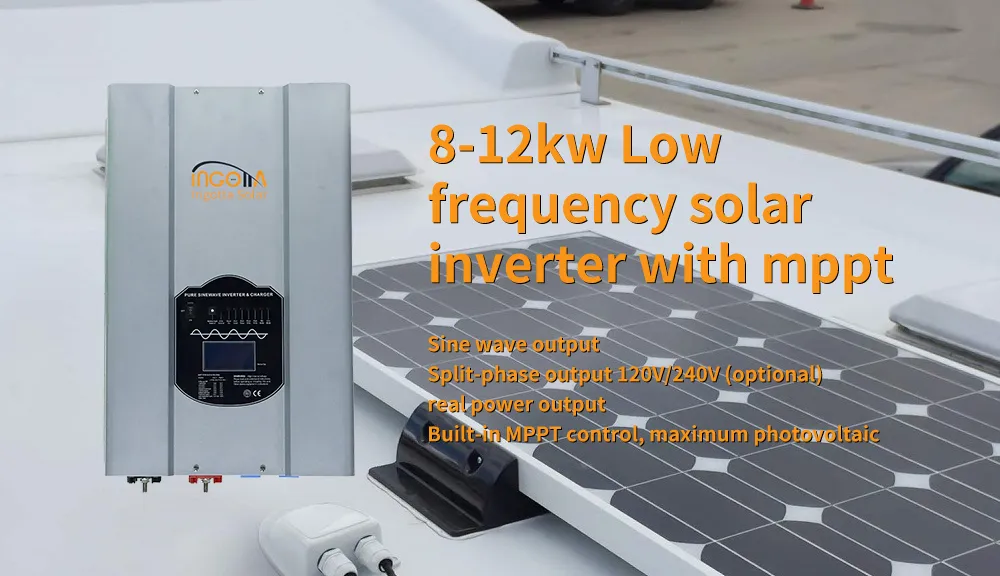Choosing Between High-Frequency and Low-Frequency Inverters for Inductive Loads
When selecting an inverter for powering inductive loads, one of the most critical decisions is whether to use a high-frequency or low-frequency inverter. Inductive loads, such as motors, compressors, pumps, and transformers, require careful consideration due to their unique electrical characteristics, including high startup currents and reactive power demands. This article explores the differences between high-frequency and low-frequency inverters and provides guidance on which type is best suited for handling inductive loads.
Understanding Inductive Loads
Inductive loads are devices that use electromagnetic induction to operate. Common examples include refrigerators, air conditioners, power tools, and washing machines. These loads draw a surge of current, known as inrush current, when starting up, which can be several times higher than their normal operating current. Additionally, inductive loads often have a lower power factor, meaning they require more apparent power to deliver the same amount of real power compared to resistive loads like incandescent bulbs or heaters.
High-Frequency Inverters: Pros and Cons
High-frequency inverters use advanced switching technology to convert DC power to AC power. They are generally lighter, more compact, and more affordable than their low-frequency counterparts. However, they may struggle with inductive loads due to their limited surge capacity.
Advantages:
- Compact and Lightweight: Ideal for portable applications.
- Higher Efficiency: Often more efficient at light loads.
- Cost-Effective: Generally less expensive.
Disadvantages:
- Limited Surge Capacity: May not handle the high inrush currents of inductive loads effectively.
- Heat Generation: Can overheat when subjected to continuous high loads.
- Shorter Lifespan: Components may wear out faster under stress.
Low-Frequency Inverters: Pros and Cons
Low-frequency inverters use heavy-duty transformers to produce AC power. They are built to handle high surge currents, making them well-suited for inductive loads. Although bulkier and more expensive, they offer robustness and reliability.
Advantages:
- High Surge Capacity: Designed to manage the inrush currents of inductive loads.
- Durability: Built with robust components that withstand demanding conditions.
- Better Performance: Stable output even under heavy or fluctuating loads.
Disadvantages:
- Heavier and Bulkier: Less portable due to the transformer.
- Lower Efficiency: May be less efficient at light loads.
- Higher Cost: Generally more expensive upfront.
Which Inverter Is Best for Inductive Loads?
For inductive loads, a low-frequency inverter is typically the better choice. Its ability to handle high surge currents ensures that motors and compressors start smoothly without overloading the inverter. High-frequency inverters may work for smaller inductive loads with moderate startup demands, but they risk damage or shutdown when faced with larger inductive appliances.
Key Considerations:
- Load Size: Evaluate the wattage and surge requirements of your inductive devices.
- Usage Frequency: For occasional use, a high-frequency inverter might suffice, but for regular or heavy use, opt for low-frequency.
- Budget: Balance initial cost against long-term reliability and performance.
Conclusion
When powering inductive loads, the choice between a high-frequency and low-frequency inverter hinges on the specific requirements of your devices. Low-frequency inverters excel in handling the high startup currents and demanding nature of inductive loads, offering durability and reliable performance. High-frequency inverters, while compact and cost-effective, are better suited for lighter or resistive loads. By assessing your power needs and understanding the differences between these inverter types, you can make an informed decision that ensures efficient and safe operation for your applications.
Table of Contents
